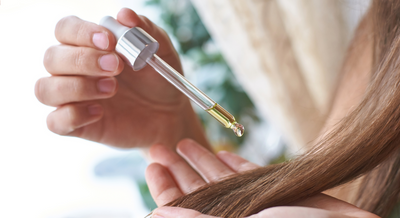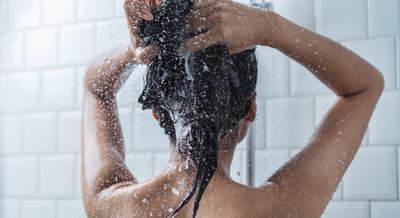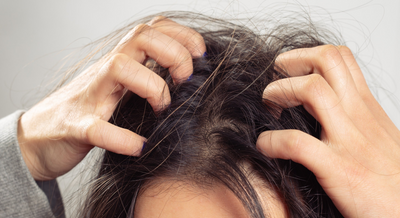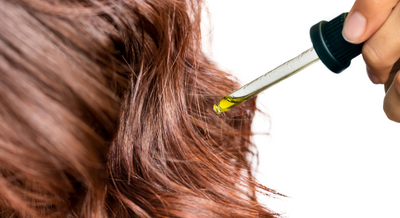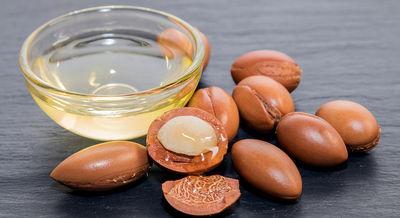It’s funny how much interest we have in watching celebrities post videos of their haircare routines given how distinctly unique each of our hair types are.
What may work excellently for one person may be terrible advice for another, as each of our natural hair types respond best to different styling techniques in addition to varying levels of maintenance and cleansing.
Additionally, these videos fail to take into account the level of chemical treatment or other intensive hair procedures that each hair has been subject to, which is yet another variable that needs to be taken into consideration when determining the best hair routine. So, while it may be fun to see how celebrities do their hair in the morning, these videos should be taken more as entertainment rather than as a strict how-to-guide. Everyone’s hair is different, and there’s simply no such thing as a one-size-fits-all approach when it comes to hair care!
What we are getting at here is that we can give you all the tips and advice in the world on how to take care of your hair, but it’s ultimately on you to determine the routine most appropriate for your hair.
This can certainly take some trial and error and probably won’t be easy, but the result will be oh so rewarding. Read our guide below and let us walk through the steps needed in order to craft a hair routine tailor-made just for you!
1. Determine Your Natural Hair Texture
To begin, you need to adequately assess your hair’s texture in its most natural state, as this will provide the base for how you construct your entire routine. While some of us may wish our straight hair had more curl and texture or that our curly, textured hair was flatter and straighter, excessively working against our hair’s natural movement patterns will only lead to damage and frustration. By working with your texture as opposed to against it, you’ll be shocked with how much easier your hair maintenance and styling routines will be!
· Straight: The most common hair type, straight hair lacks any noticeable movement or texture and is generally easy to manipulate and style. Straight hair generally is the least prone to dryness and can handle a high amount of washing, styling, and chemical treatments.
· Wavy: Sandwiched between straight and curly, wavy hair has more movement and texture than straight hair but is much more relaxed and flatter than curly hair. This hair is slightly more prone to dryness than straight hair and may require slightly more time when styling in order to straighten or enhance curls.
· Curly: This hair type is fairly easy to diagnose, as it’s marked by hair that naturally grows out in twisting curls that range from loose to tight. This hair type is quite prone to dryness and should be washed infrequently while receiving increased moisturization.
· Coiled: A hair type that is like a more extreme version of curly hair, which is marked by extremely tight curls that zig zag in multiple directions. By far the driest hair type and most difficult to style, extra care needs to be taken when brushing and styling to avoid breakage and tangling.
2. Take Inventory of External Factors
Once you’ve figured out your natural hair texture, you’ll need to factor in the different external variables that affect your hair on a daily basis. For instance, even if you determine you have straight hair, you may still want to take it easy on washing frequency and make sure to add extra moisture if you live in a dry climate or frequently undergo intense chemical treatments.
Common external factors include:
· Climate: Areas with low humidity and high temperatures (aka dry climates) require extra care and increased moisturization, whereas areas with high humidity may require you to determine a more balanced approach to hair moisturization.
· Chemical Treatments: Depending on your hair’s exposure to chemical treatments, you may need to add in extra moisture, along with avoiding certain habits such as shampooing with sulfates or excessive heat styling that may damage your hair while ruining your color treatment.
· Stress: It’s no secret that stress and anxiety can cause visible damage to our hair and scalp, including thinning and a loss of hair. Make sure your exposure to stress is limited before making any broad conclusions about your hair routine.
· Diet: Scientists have discovered that a deficiency in various nutrients and minerals in our diets can lead to changing of our hair growth patterns and natural texture. Ensure you are eating a balanced diet that meets your vitamin and mineral requirements.
3. Invest in the Right Products
Now that you have a handle on how your hair naturally exists and what it’s specific needs are, you’ll need to arm yourself with the correct tools and supplies to properly carry out your routine.
Shampoo: Use a high-quality shampoo without sulfates that has just enough cleaning power to keep your hair clean and grease-free without causing any dryness or damage. Those with extremely curly or coiled hair, especially in dry environments, may opt to skip shampoo and adopt a conditioner-only method!
Moisturizing Products: All hair types need a conditioner, and this one is non-negotiable, even if you have naturally oily hair. Depending on your hair type and needs, you’ll want a conditioner that is rich and hydrating enough to replenish your hair without weighing it down, which is a process that will take some trial and error. Additionally, those with extreme dryness or have undergone frequent chemical treatments will want to add a high-quality mask or leave-in conditioner to use on a weekly or twice-weekly basis.
Styling Tools: Depending on your hair type and desired look, you’ll want a heated styling tool that delivers the results in a safe, effective manner. Straight hair types may opt for a high-powered blow-dryer to add volume, while wavy types may want to invest in a straightener that can mellow out their waves. For curly or coily hair types, a blow-dryer with a diffuser is a must in order to maintain moisture and prevent dryness and damage.
Brushes and Combs: You may not realize this, but the wrong comb or brush can totally ruin your hair routine. For instance, a wide-tooth comb is completely ineffective at straightening and detangling straight hair, but is a lifesaver for curly or coiled hair that needs gentle, snag-free detangling. Additionally, straight hair absolutely loves a brush with fine bristles to straighten and enhance shine and softness, whereas the same brush would cause breakage and snagging in curly hair.



